Yesterday we talked about the DOC classification system, so today let’s have a look at some other terms you may see on Italian wine labels.
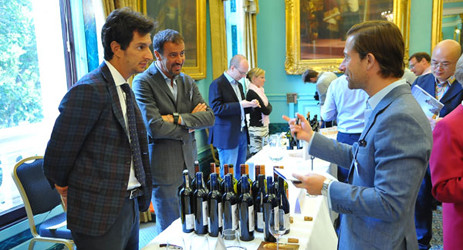
• Rosso and Bianco
Simply means red and white wines in Italian.
• Passito
It means raisin wine in Italian. The autumn in Italy is too dry for noble rot to develop, hence this ancient and natural concentration method is adopted to make richer and often-sweeter wines. Important Passito wines in Italy include the red Recioto della Valpolicella from Veneto, and white Recioto di Soave. The dessert Vin Santo (holy wine) made mainly from Trebbiano and Malvasia in Tuscany, when at its best, has aromas ranging from dried apricots and orange peel, honey and caramel.
• Riserva
The spelling is similar to the term “Reserva” used in Spain and Portugal though the meaning is not exactly the same. In Italy, the term “Riserva” simply means the wine is aged for a long period and has a higher alcohol level, which originally indicates a good wine. However, the lack of strict regulation for the use of this term allows many producers to label their average-quality wines as “Riserva”.
• Classico
This term is used only on wines with DOC or DOCG status, indicating that the wine is produced in the original, classic planting area where the wine gets its name from. This term is used to differentiate the better quality wines produced in the historical zones from those made in the planting areas expanded beyond the original area.
All rights reserved by Future plc. No part of this publication may be reproduced, distributed or transmitted in any form or by any means without the prior written permission of Decanter.
Only Official Media Partners (see About us) of DecanterChina.com may republish part of the content from the site without prior permission under strict Terms & Conditions. Contact china@decanter.com to learn about how to become an Official Media Partner of DecanterChina.com.

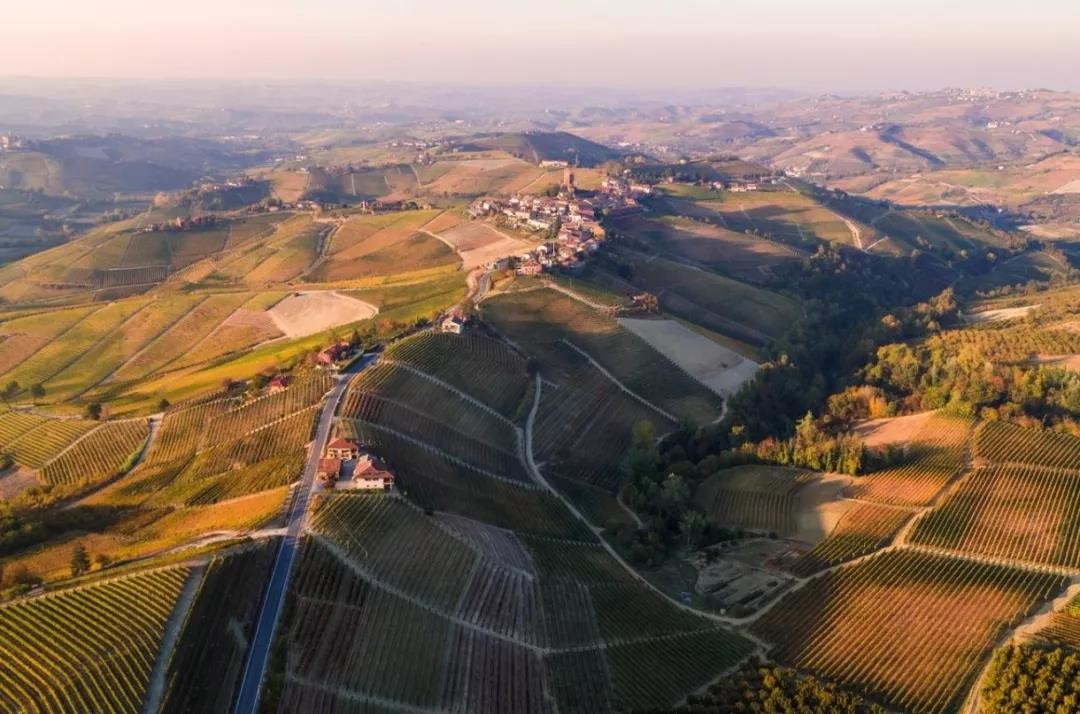
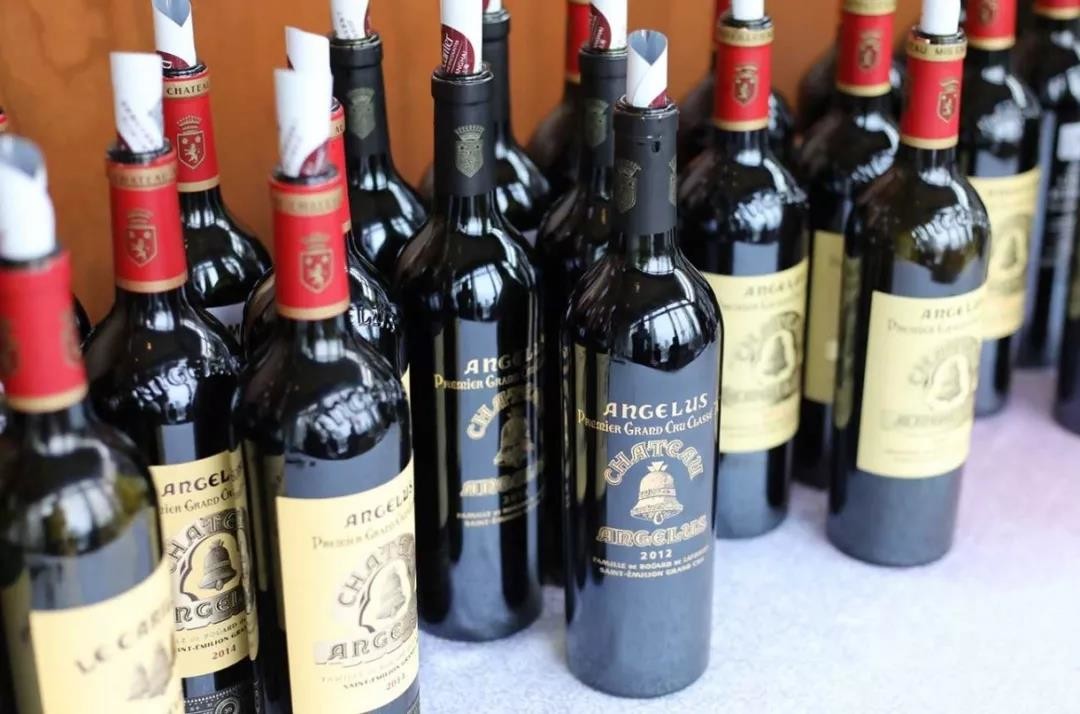
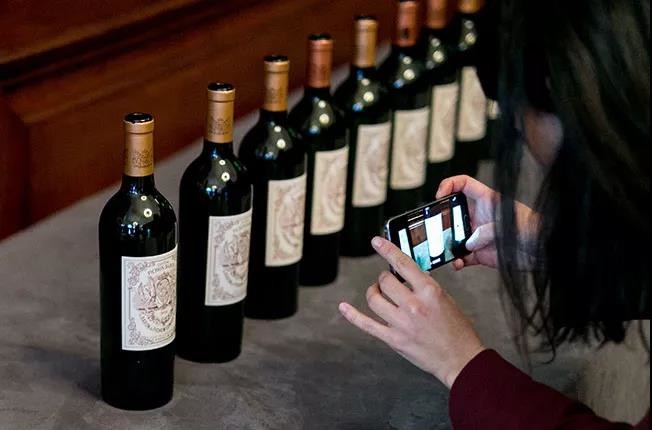
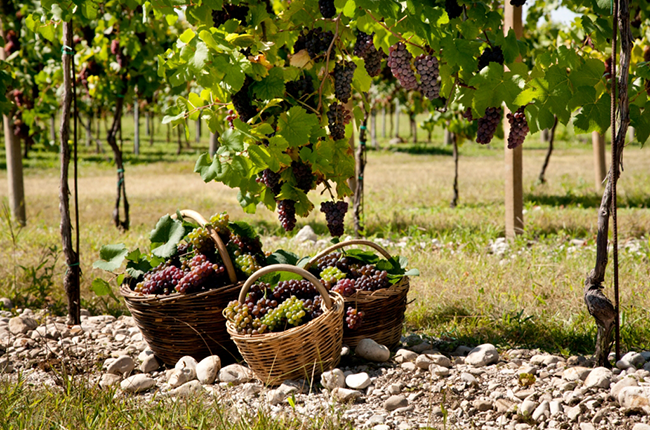
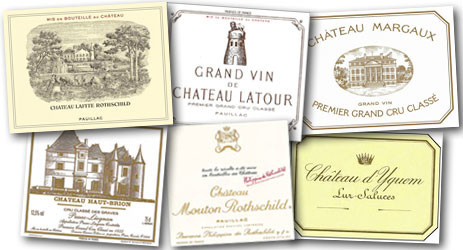
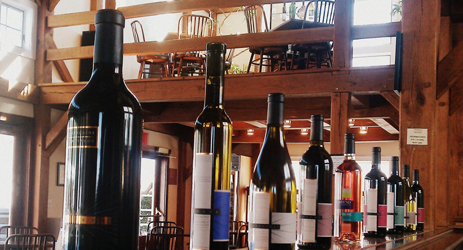
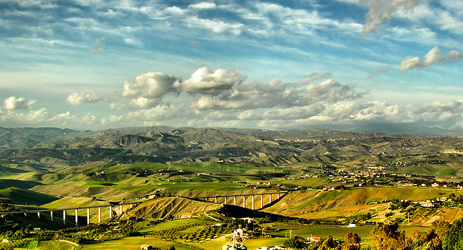
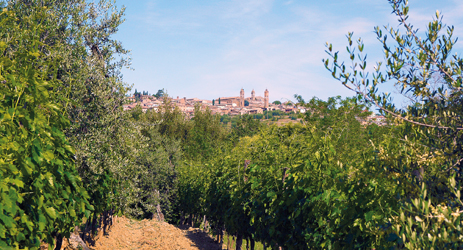
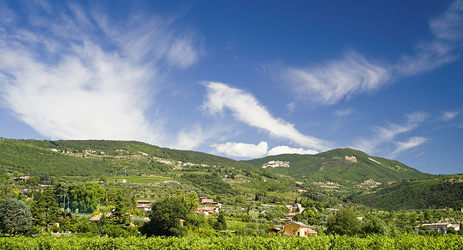
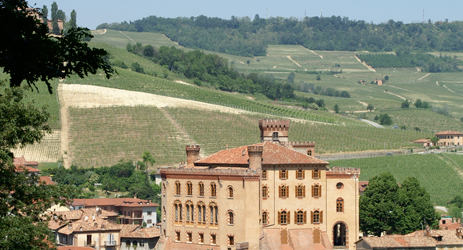
Comments
Submit